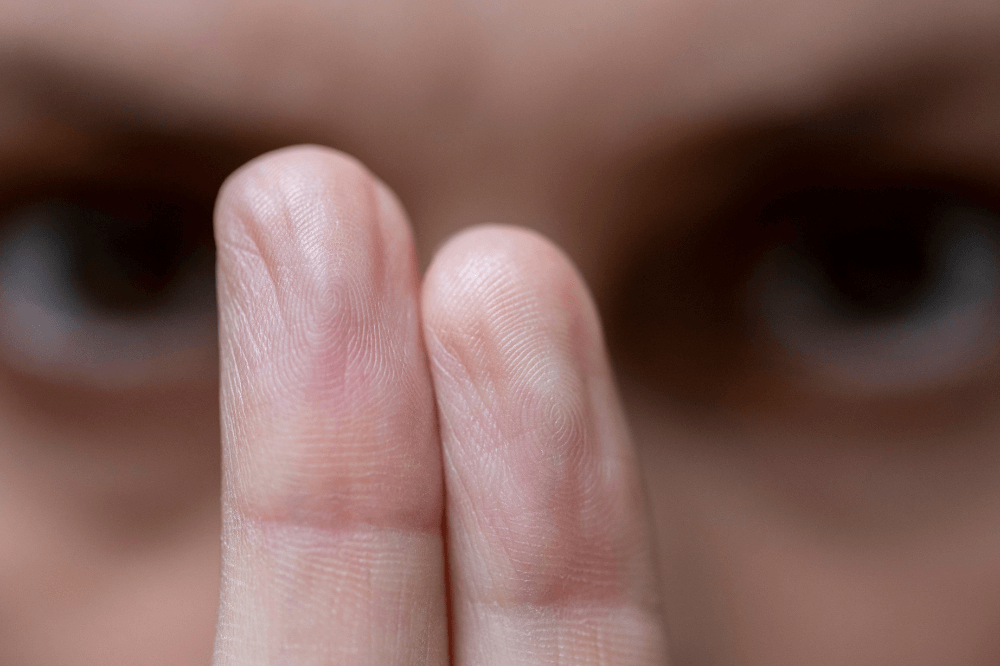Have you heard about EMDR? Curious if you would benefit from the therapy? Chances are…you would! Although EMDR has been around for nearly four decades, many people aren’t sure what it is or how it works. Let’s remedy some of that!
First, a tiny morsel of history. EMDR (Eye Movement Desensitization and Reprocessing) is a psychotherapy treatment that was accidentally discovered by Francine Shapiro, a PhD psychology student in 1987. Since then, it has been extensively researched and proven to be highly effective for treating PTSD, anxiety, and depression disorders. EMDR can also help individuals who have had distressing life experiences, such as bullying, relationship breakups, car accidents, and health scares.
How Does EMDR Work?
EMDR is based on the Adaptive Information Processing model, which suggests that the brain has a natural ability to heal from traumatic experiences, much like the body heals from physical injuries. However, if a traumatic incident has occurred and the individual doesn’t have the ability or time to safely process the memories, the brain’s natural ability to heal can be obstructed. The traumatic memories become “stuck” and cannot be healed without further intervention. EMDR helps to “unblock” these memories and allow them to be processed properly. One can think of it as the memory becoming “infected” and EMDR is the process that helps to clear the infection.
During EMDR therapy, the client focuses on the distressing memory while simultaneously engaging in bilateral stimulation, such as eye movements, tapping, or sounds. This bilateral stimulation helps to activate both sides of the brain and facilitate the processing of the traumatic memory.
Benefits of EMDR
Why might someone choose to do EMDR therapy over talk therapy or other therapy options?
One of the biggest benefits of EMDR is that it can be faster and more efficient than other forms of therapy. When a client is dealing with painful memories, it is optimal to spend as little time as possible within those memories due to the potential risk of the client being retraumatized. EMDR directly targets the memory and, thanks to the bilateral movements activating both sides of the brain, the memory can be more rapidly processed. EMDR has additional benefits, including:
- It can be utilized for young children, adolescents and adults.
- It can be used to treat a wide range of conditions, such as Post-traumatic stress disorder (PTSD), anxiety disorders, depression, phobias, chronic pain, addictions, eating disorders, OCD and performance anxiety.
- It can help to reduce the intensity of distressing emotions.
- It can help to improve self-esteem and self-worth.
- It can help to develop healthy coping mechanisms.
Want more information? Visit emdria.org or chat with an EMDR-trained mental health provider to learn more and to find out if EMDR would be helpful for you.

